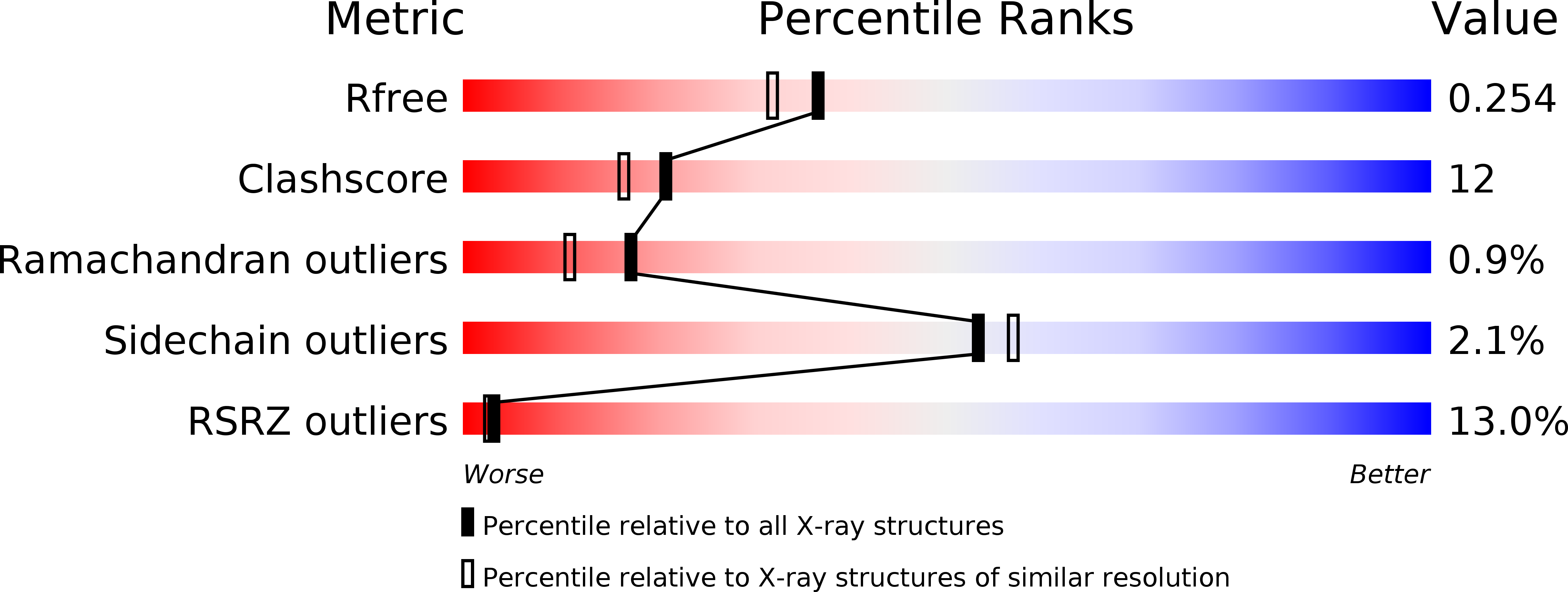
Deposition Date
2001-02-22
Release Date
2002-02-27
Last Version Date
2024-11-13
Entry Detail
PDB ID:
1I4M
Keywords:
Title:
Crystal structure of the human prion protein reveals a mechanism for oligomerization
Biological Source:
Source Organism:
Homo sapiens (Taxon ID: 9606)
Host Organism:
Method Details:
Experimental Method:
Resolution:
2.00 Å
R-Value Free:
0.25
R-Value Work:
0.20
R-Value Observed:
0.20
Space Group:
C 2 2 21


